Can Our Eyes Detect 4K, 8K & 1080p Resolution?
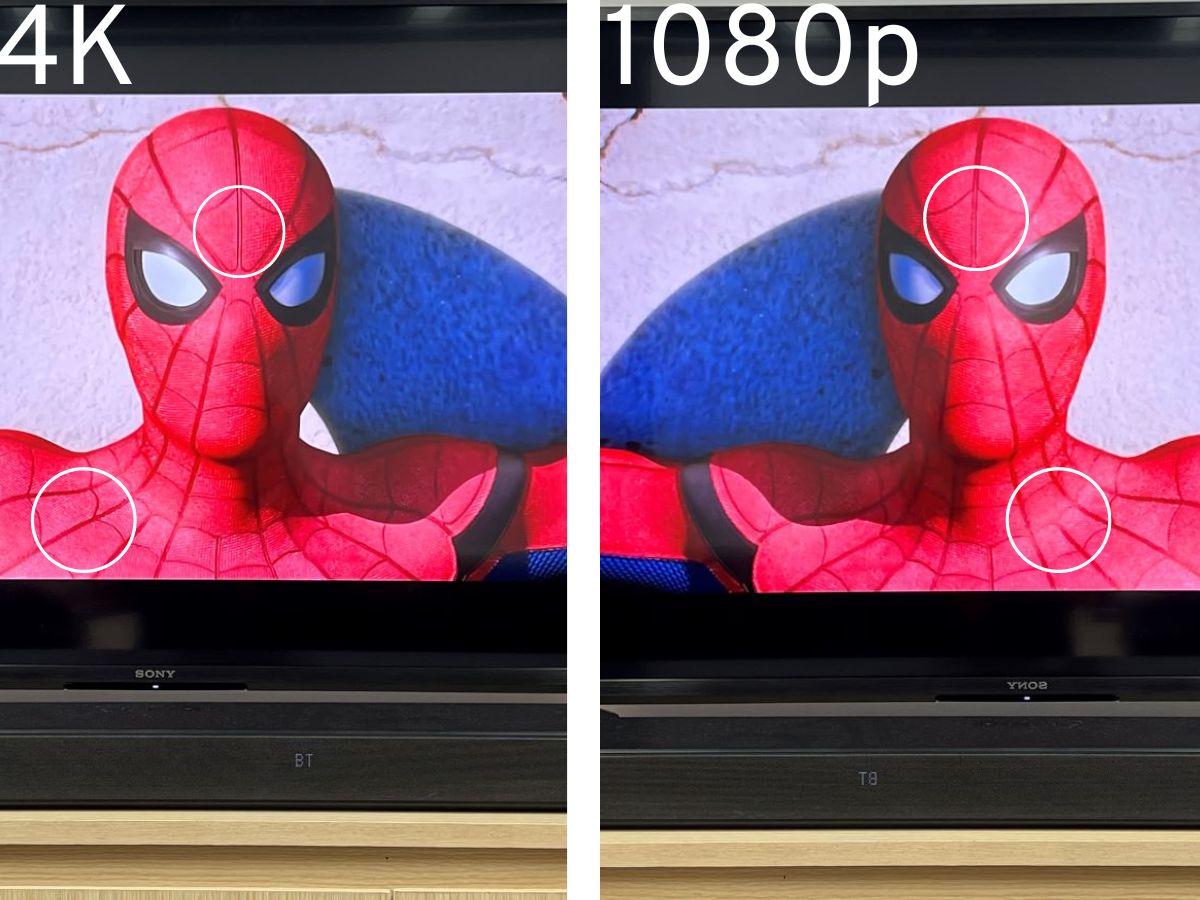
- The human eyes can perceive up to 576 megapixels, making the 8 megapixels of 4K displays noticeable compared to lower or higher resolutions.
- Viewing Distance Matters: The effectiveness of different resolutions (1080p, 4K, 8K) depends on viewing distance.
- How close you sit to a TV or monitor also varies depending on whether you’re gaming or simply sitting back and watching content.
If you’ve ever wondered whether humans can detect 4K and 8K resolutions with the naked eye, we’ll spill the “pixels” in this article.
We’ve experimented with various viewing distances in our testing facility and learned how close one should ideally sit in relation to a TV or monitor based on its screen size and resolution for an optimal viewing experience.
If you’re unsure how big your TV should be and what screen resolution it must rock to fit your room size and suit your viewing needs, keep reading for the numbers that matter.
Quick Navigation
What is the Resolution of the Human Eye in Terms of Digital Display?
According to Dr. Roger Clark, a renowned scientist and photographer, the human eye resolution is 576 megapixels when considering the field of view.
A megapixel is 1,000,000 pixels. An external monitor with an FHD screen is 2 megapixels (1920 x 1080 = 2,073,600 pixels).
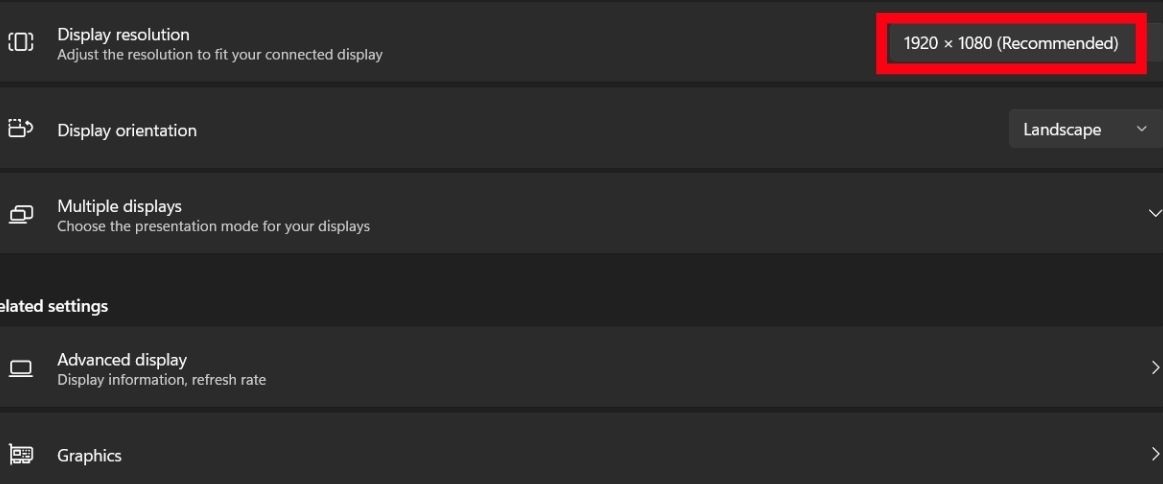
If the human eye can see visuals with sharpness ranging up to 576 megapixels, then a 4K display’s 8 megapixels (3,840 x 2,160 = 8,294,400 pixels) shouldn’t be hard to discern.
But the human eye is no digital camera sensor. In other words, its resolution changes depending on the field of view. The maximum photoreceptor (cone) density is found in the fovea (the central region of the retina).
Also, the human eye curves at its rear, thanks to the lens’s shape and overall eye structure. As a result, the visual field is less detailed at the periphery than at the center.
A standard human glance is in the 5-15 megapixels range, according to LasikMD. Outside that, it’s likely less. So, take the 576 megapixels number with a bag of salt.
Can Our Eyes See the Difference: 1080p vs. 4K vs. 8K?

Yes, the human eye can differentiate between 1080p, 4K, and 8K digital displays. But it depends on the viewing distance and display size.
For example, viewing a big 4K TV in close quarters will reveal the individual pixels. As you move further back, the pixels will shrink to become indistinguishable eventually.
If, however, you look at a tablet or smartphone-size 4K display closely, the pixels will be much harder to detect due to the relatively denser packing of the pixels.
If the TV mentioned above is 8K (7,680 x 4,320) instead, it will be harder to detect the pixels at close distances because the pixel density is two times greater.
That is why 40-inch or bigger TVs no longer come with 1080p panels and sport 4K displays instead.
For your viewing comfort (no pun intended), the table below outlines the ideal viewing distances between a viewer and the screen.
| Screen diagonal | |||||||
| Resolution | 50-inch | 55-inch | 60-inch | 65-inch | 70-inch | 75-inch | 80-inch |
| 1080p | 6.5 feet | 7.1 feet | 7.9 feet | 8.5 feet | 9.1 feet | 9.8 feet | 10.2 feet |
| 4K | 3.2 feet | 3.6 feet | 4.0 feet | 4.2 feet | 4.8 feet | 5.0 feet | 5.2 feet |
| 8K | 1.5 feet | 1.8 feet | 1.9 feet | 2.1 feet | 2.2 feet | 2.5 feet | 2.8 feet |
The chart below underpins the table above:
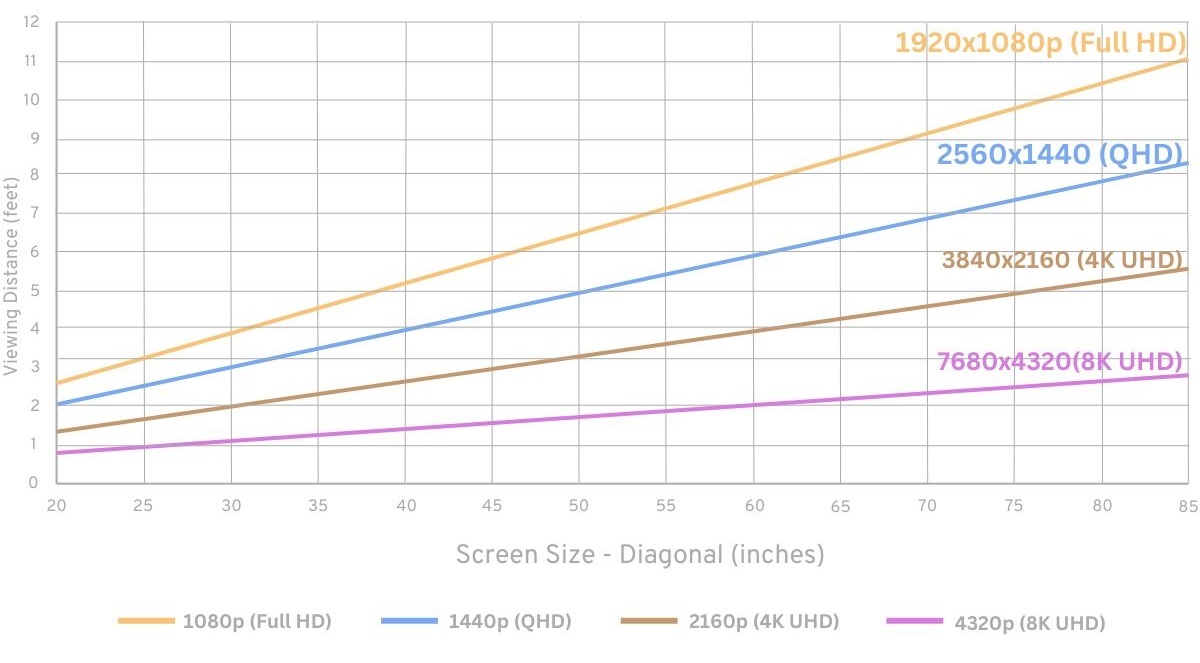
Although 8K TVs or monitors make pixel-detecting challenging and look plenty sharp, native 8K screens are not mainstream yet. The ones available for purchase are costly.
Moreover, there’s sparse content ready for native 8K panels.
Even the most extensive repository of videos, YouTube, has only a handful of actual 8K content. Not to mention, 8K TVs can be costly.
Until the time 8K TVs become commonplace, consider 4K TVs.They strike the correct balance between price and value. Full HD TVs are inexpensive but are so yesterday and pixelated.
Difference Between 1080p & 4K in Gaming
If you like to game on large-screen displays, your significant points of consideration are likely the resolution and refresh rate. The higher the values, the optimal the gaming experience.
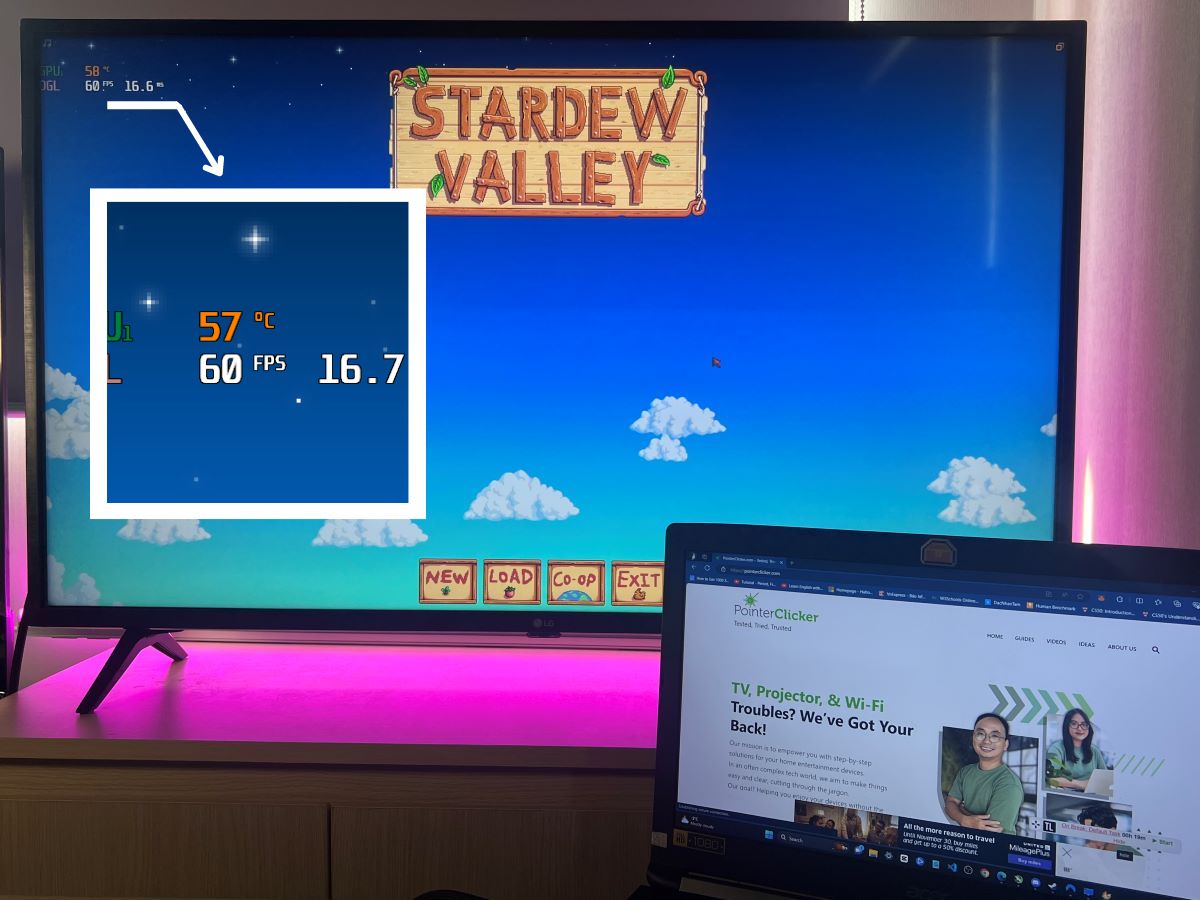
If you’ve been gaming on a 1080p monitor all your life and suddenly switch to a 4K display, the perceived delta will be significant. The screen will look much sharper.
However, the perks of a 4K screen can be truly enjoyed if you sit close enough. If you view the display from a fair distance, the 4K monitor won’t look much different from a regular 1080p display—except for maybe the improved and accurate colors, smoother motion, etc.
The ideal viewing distance is 2.2 feet away from a 35-inch panel.
If you play Xbox or PlayStation on a large 4K TV, such as a 65-inch TV or bigger, you must sit at least 4.2 feet from the TV to optimally consume the glorious visuals.
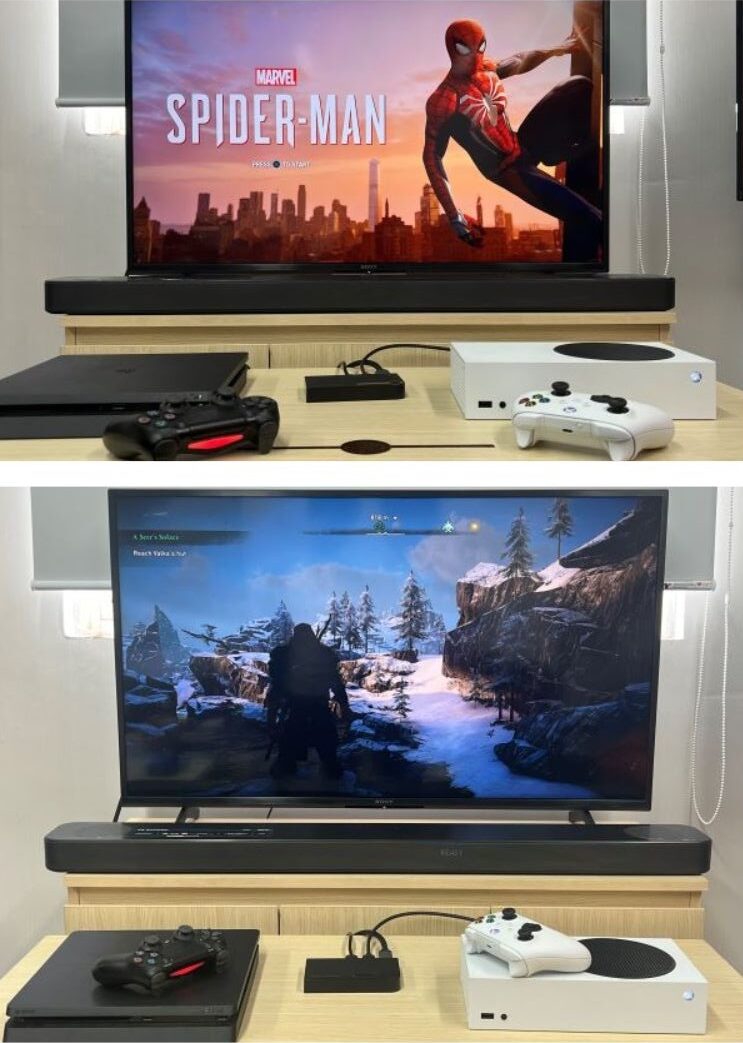
If you’re not gaming, you can sit a foot or two further back since you’re more actively involved while gaming.
What is the ideal monitor size and resolution for PC gaming? Although 4K is excellent, I prefer a 35-inch QHD (2,560 x 1,440) monitor.
A 35-inch QHD lets you sit 3.5 feet away from the screen, a sweet spot far enough to take in all the visuals simultaneously and close enough to discern the texts and other details you may need to detect and comprehend while gaming.
Conclusion
Although the human eye has a much higher resolution than any of the digital screens in our lives, things are not that simple, as clearly explained above.
To reiterate, whether we can detect the pixels in a 1080p panel or appreciate the visual splendor of a 4K or 8K screen depends on the screen size and the viewing distance.
And the distance figures mentioned above are yardsticks. They are not etched in stone. Erring a few inches here and there won’t make a difference.
And if you like to sit further back or closer, that’s purely personal preference.
Catherine Tramell has been covering technology as a freelance writer for over a decade. She has been writing for Pointer Clicker for over a year, further expanding her expertise as a tech columnist. Catherine likes spending time with her family and friends and her pastimes are reading books and news articles.


